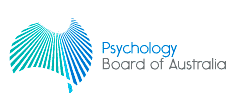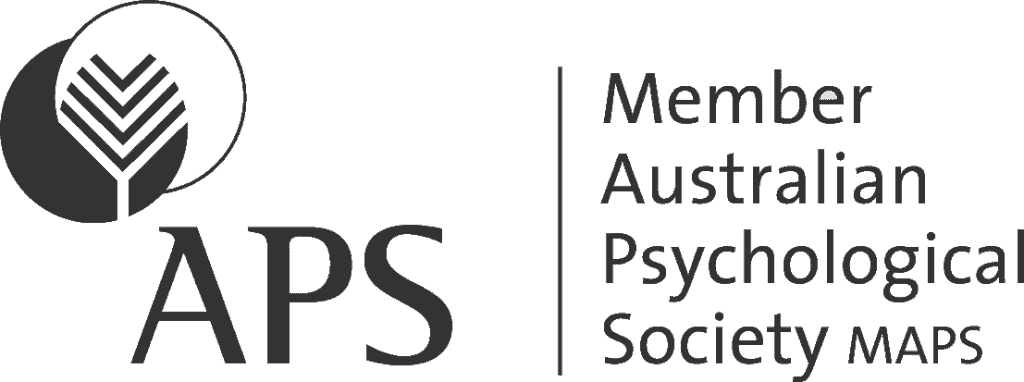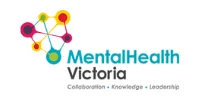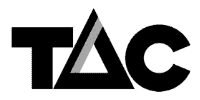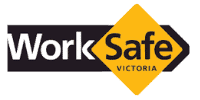What is Schema Therapy?
A schema is a pattern of behaviours or thoughts that is developed early in life which we apply in adulthood that may be helpful or unhelpful. Schema Therapy aims to identify problematic schemas and replace them with more viable or adaptive in organising and understanding new information or situations we encounter in our personal and professional relationships. It is argued that if a child’s emotional needs are not met then coping styles, schemas and problematic modes of behaviour can develop.
How does Schema Therapy Work?
Therapy in this modality often begins with a focus on assessing if a person utilises one or more of three unhelpful coping styles which are labelled avoidance, surrender or overcompensation. Avoidance involves the person actively evading or dodging an event that might trigger the schema. Surrender involves reverting to an old pre-existing schema which has proven not to be adaptive and failing to try new ways of approaching problems or challenges. Overcompensation or counterattack sees the person exert significant effort to ensure the negatively perceived outcome does not come to fruition.
The goal of schema therapy is to help patients meet their basic emotional needs by helping the patient learn how to heal schemas by diminishing the intensity of emotional memories comprising the schema and the intensity of bodily sensations, and by changing the cognitive patterns connected to the schema. Therapy will also seek to replace maladaptive coping styles and responses with adaptive patterns of behaviour.
What is Schema Therapy used for?
Schema Therapy has been applied to the treatment of Borderline Personality Disorder and presenting problems related to childhood abuse and deprivation. This approach may be useful when client encounters challenges in personal and professional relationships and repeats ineffective or problematic behaviours in order to resolve a real or perceived threat.
What can I expect from Schema Therapy?
Depending on the presenting problem or diagnosis the duration of treatment may vary significantly. In some cases Therapy may be 6 to 10 sessions while in other presentations such as Borderline Personality Disorder the course of treatment may be up to 30 or more sessions. This therapy has been demonstrated to be effective in both one-to-one and group settings. The techniques employed might be cognitive (evaluating the merit of a schema), behavioural (identifying and enacting alternative ways of engaging with problematic situations) or active techniques such as gestalt psychodrama within sessions.
What Mental Health Issues is Schema Therapy most helpful in treating?
Schema Therapy has been applied to the treatment of Borderline Personality Disorder and presenting problems related to childhood abuse and deprivation. This approach may be useful when client encounters challenges in personal and professional relationships and repeats ineffective or problematic behaviours in order to resolve a real or perceived threat.
When doesn’t Schema Therapy work?
We all have a range of defence mechanisms or strategies to protect ourselves from pain and trauma. We should ensure that we have sufficient resources and support if we are going to let go of these defences through engaging in Schema Therapy.
Things to consider before choosing Schema Therapy
The cost, training and experience of the therapist. Many might claim to have a understanding of this approach, but not undertaken specific training. It is a complex approach and the skill of the therapist is paramount to success of any intervention.

